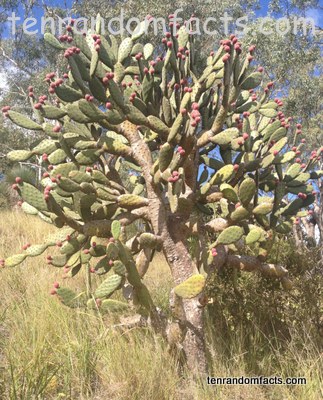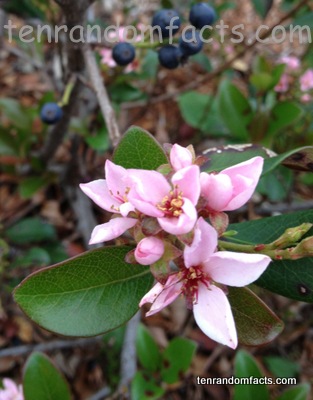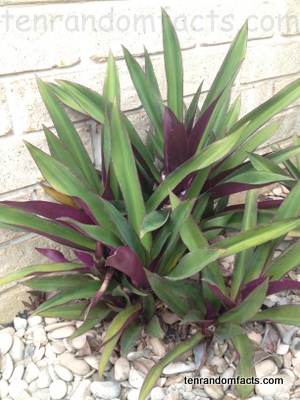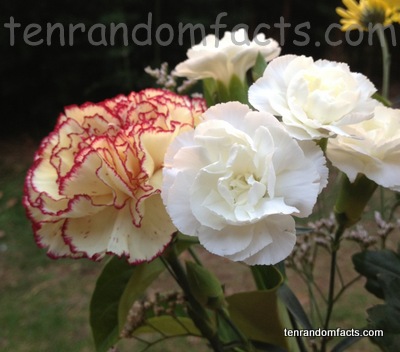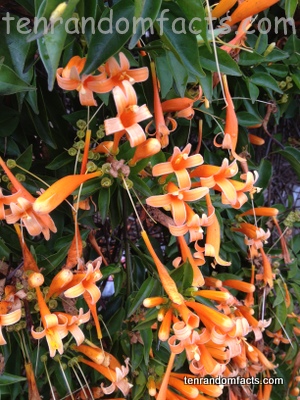
Trumpeting Creeping Flowers – NOT.
- Orange trumpet creepers are also known as ‘flame vines’, ‘venusta vines’, ‘Japanese honeysuckles’ (although the vine isn’t a honeysuckle), ‘Chinese cracker flowers’ and ‘golden showers’.
- Orange trumpet creepers are from the family Bignoniaceae, and are a relative to Jacarandas.
- The scientific name of the orange trumpet creeper is ‘pyrostegia venusta’, a combination of Greek and Latin words meaning ‘ beautiful flame covering’.
- Orange trumpet creepers are large and long evergreen vines that grow quickly and flower mainly in winter, although they often flower in autumn and sometimes during spring.
- Orange trumpet creepers have beautiful, grouped, tubular, red, orange or yellow coloured flowers, that are 4 to 8 cm (1.6 to 3.1 inches) in length.
- Orange trumpet creepers can grow up to 30 meters (98 feet) in length and are a popular garden plant because of their stunning flowers and their good foliage that can grow over and cover large supports like fences, tanks, carports, and large archways.
- Orange trumpet creepers are native to Brazil, Argentina, Bolivia and Paraguay.
- Orange trumpet creepers can be easily grown from cuttings and the plant can sometimes spread due to branches taking root in the ground.
- Orange trumpet creepers are found in forest, shrubby and rocky habitats and they prefer warmer climates and do not like the cold.
- Orange trumpet creepers are considered a weed in some countries and are said to be an invasive plant in some areas because they are easily grown and can smother trees and native vegetation.




